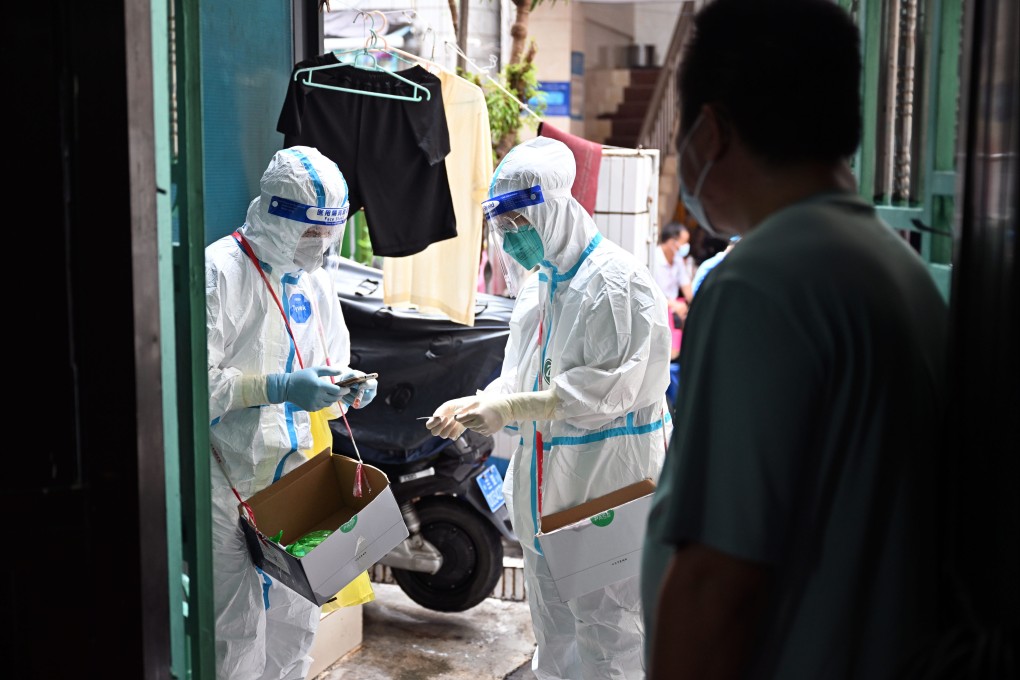China Briefing | Hainan’s Covid chaos exposes the bad, ugly – and scary – of China’s virus control measures
- My family’s 23-day holiday nightmare is finally over. But it serves as more that just a cautionary tale for travellers in zero-Covid China
- It’s a story of local officials ignoring direct orders from Beijing, and an arbitrary, abusable health code system being used for social control

For almost a month, we were forced to become nomads – first stranded on the tropical island province, then trapped thousands of kilometres away in Tianjin for a week as we waited to be cleared for our return to the Chinese capital.
We have experienced the good, the bad and the ugly of China’s pandemic control measures, but our sorry saga is much more than just a cautionary tale for travellers. It also shows how fragmented and chaotic the country’s bureaucratic command structure still is, especially in a crisis.

The chaos and confusion has been on full show amid Hainan’s outbreak. Initially, we assumed that local authorities were to blame for us being stranded in the island province, as they seemingly feared censure if the highly infectious Omicron subvariant was allowed to spread to the rest of the country.
